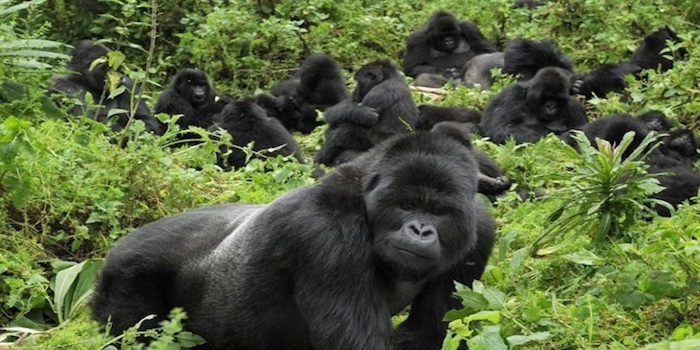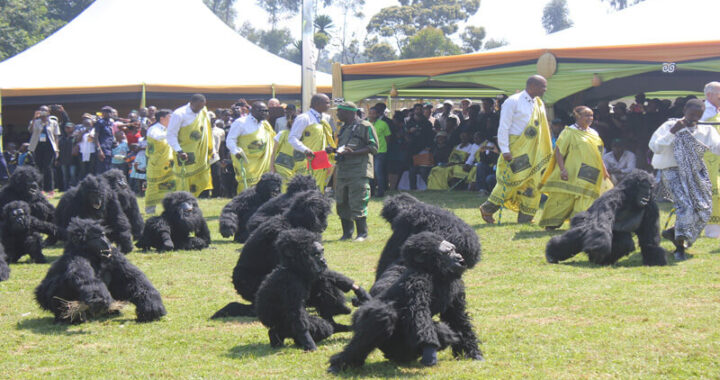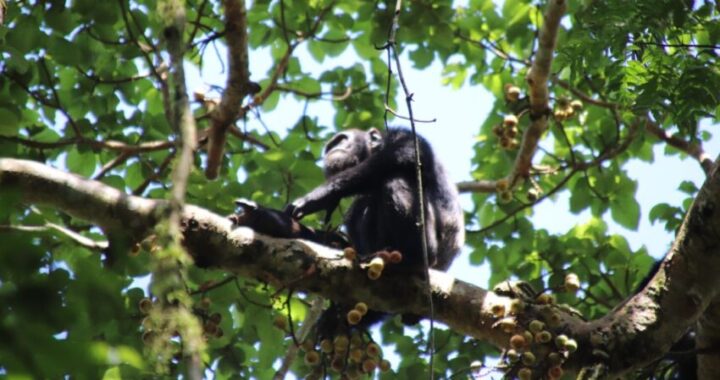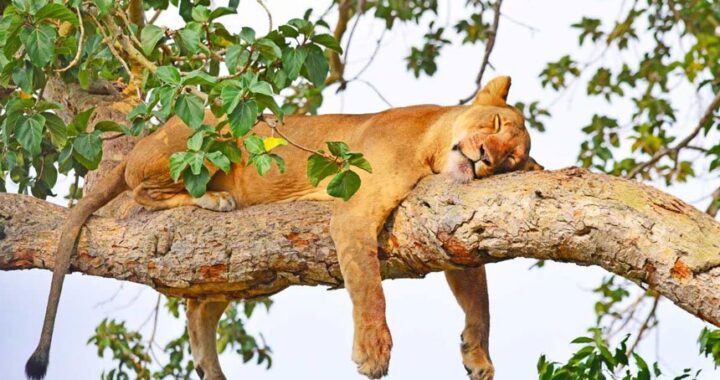Gorilla trekking has become one of the most sought-after tourist activities in Africa. For utmost gorilla safari experience in Rwanda, Uganda and Democratic Republic of Congo (DRC) book with Gorilla Trek Africa Company and obtain great discounts.
Guests intending to trek mountain gorillas have to follow all the necessary procedures as they plan for this once in a lifetime experience in the wild. Here are a few tips to guide you in planning your gorilla trekking safari:-
– Choose the destination for gorilla trekking
When planning a gorilla tour, make a choice of your preferred trekking destination or country and get in touch with a destination expert for help. Your personal interests need to be put together in detail for a tailor-made itinerary. A gorilla tour can be perfectly tailored specifically to your needs with a trusted tour operator. A private gorilla tour takes control of unexpected turn of events. In addition to that, it provides a customized vehicle other than sharing with others. A safari guide is always there with you throughout the duration of your trip taking care of your safety and needs.
– Cost of a gorilla permit
There are two ways to see gorillas in the wild including gorilla trekking (1 hour with gorillas) and gorilla habituation experience (4 hours with semi-habituated gorilla family available only in Bwindi Impenetrable Forest National Park). The cost of a gorilla trekking permit in Uganda is $700 (for foreign non-residents) and $600 (East African foreign residents), $1500 in Rwanda and $400 in Democratic Republic of Congo. On the other hand, habituation permit cost is $1500 per person.
The permit fee includes 1 hour with gorillas, park entrance, rangers, trekking certificate and 10% goes back to the local community. Gorilla permits are available for booking through a registered tour operator or the official wildlife agencies responsible for issuing out permits like Uganda Wildlife Authority (UWA), Rwanda Development Board (RDB) and Congolese Institute for Nature Conservation (ICCN).
Booking a permit in advance (at least 6 months) is highly recommended especially for Uganda gorilla tours where permits tend to sell out during dry/ high season. In particular, Bwindi Impenetrable Forest National Park offers travellers option to choose their gorilla trekking sector out of the four available. These include Buhoma, Ruhija, Rushaga and Nkuringo.
– Travel in the good season for gorilla trekking
Although gorilla trekking can be done anytime of the year, the dry season from December to February and June to September is the best time to visit gorillas. The advantage is that due to little rainfall the forest trails are dry which offers better hiking conditions. The downside is a possibility of longer hours of trekking given that gorillas go into deeper parts of the forest for feeding on fresh foliage. On the other hand, the wet season occurs between March and May being the wettest and short rains in October to November. Expect to trek slower than normal with opportunity to see gorillas on a shorter hike.
– Think about physical fitness
Ideally anyone can visit gorillas with the option available to carry the physically impaired or disabled on a sedan chair (stretcher) locally known as “the forest helicopter”. Those who are able to hike, gorilla trekking especially in Bwindi Impenetrable Forest and Virunga National Parks requires a relative physical fitness level given the nature of the terrain in both parks in terms of dense vegetation and ragged mountains. On the other hand, the Virunga area including Mgahinga Gorilla and Volcanoes National Parks contain open vegetation suitable for the less physically strong. Despite the probability of less strenuous treks especially in Buhoma sector Bwindi, it’s important to do exercises and prepare your body for the challenge considering the time it takes to search for gorillas is unpredictable.
– Pack the right trekking gears
Some of the most important gorilla trekking gear include insect repellant, hat, camera with extra lenses and batteries, face masks and disinfectants (highly recommended due to covid-19). In regard to what to wear consider hard and thick clothes to shield from the thick vegetation, stinging nettles, biting ants, steep terrain, muddy and slippery trails. Packing list for gorilla trekking should include the following items: –
- Sturdy hiking shoes with ankle support. To prevent blisters if your shoes are new, try to break them down before or wear cotton socks.
- Long pants should be tucked into socks to prevent crawling insects
- Adjustable waterproof gaiters recommended for gorilla trekking in the rainy season
- Long sleeved shirts or T-shirts and warm layers including sweater/ jacket for cold weather in the mornings and evenings.
- Scarf
- Hat and sunscreen for sun protection
- Gardening gloves for hand protection
- Charging adaptor with three rectangular pins is recommended for use in Uganda with standard voltage of 240V and frequency of 50Hz.
- Small daypack to carry lunch box, drinking water (at least 2 liters), camera equipment among others such as extra clothes and toiletries including insect repellant.
- Re-usable water bottle to minimize waste by avoiding single use plastic bags, food and water containers.
– Respect the gorilla trekking rules
Viewing gorillas in their natural habitat can be exciting and tempting to get closer for selfies with the animals. Gorilla rules and regulations require that trekkers keep a minimum distance of 7 meters away from them. Others include maintaining silence while in their presence, avoiding direct eye-contact with them, not to litter their habitat, among others as maybe given by park authority.
Are you interested in travelling with us? Follow this link for further details: Gorilla trekking packages




